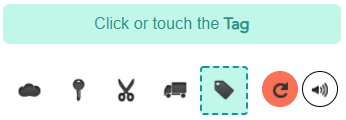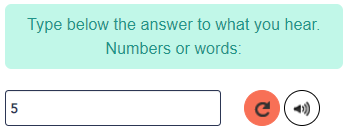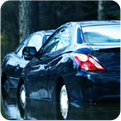20/05/2020 2:04 PM IST



Liability Insurance is defined by two key coverages: liability for bodily injury and property damage.
- Bodily Injury - Covers medical bills you caused after an accident. It is usually per person and by accident.
- You must have a high-deductible health plan (HDHP) to qualify for an HSA.
Types of liability insurance
Most major auto insurance companies in the United States offer a variety of liability insurance coverage options. These commonly include:
- Commercial Auto Insurance: For company vehicles, a commercial auto insurance policy may be required to cover gaps that a personal policy does not cover. Commercial insurance policies offer additional liability coverage for commercial vehicles such as trucks and transportation vehicles.
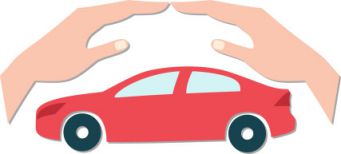
- Business Owners Policy (BOP): A BOP is similar to a commercial auto insurance policy, but offers additional property protections. This Policy can help cover merchandise or store equipment, business interruption expenses, and property injury costs. If a hurricane destroys your store, a BOP could help cover the cost of repairs and offer employees compensation while the business is disrupted.
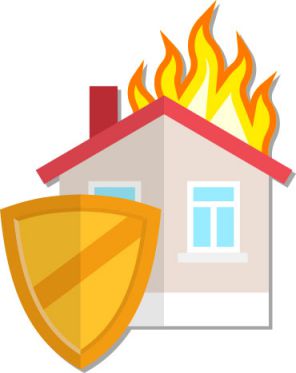
- Professional liability insurance (error and omission insurance): this type of policy covers the costs derived from claims for professional errors. This includes being sued for negligence or giving bad professional advice.

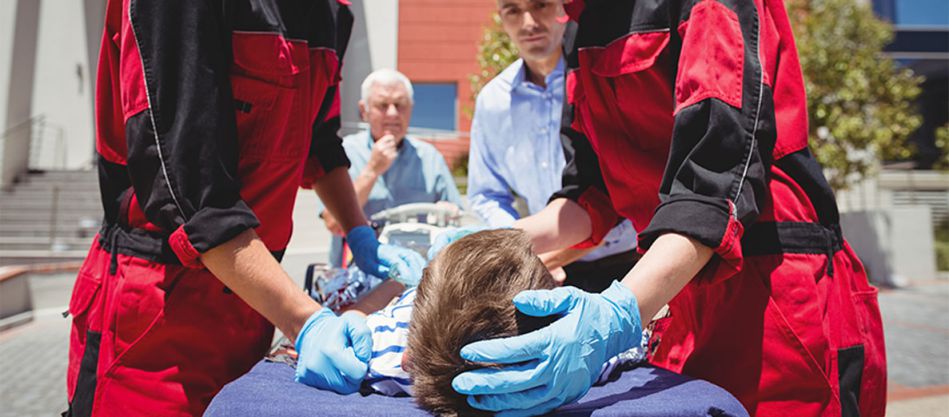
Bodily Injury Liability Coverage
Bodily Injury Liability is a type of auto insurance that covers injuries caused by a guilty driver. It covers expenses for which you can be held liable after a vehicle collision. Bodily injury liability insurance is required coverage in all states except Florida and New Hampshire, and helps cover:
- Medical bills caused by injuries
- Pain and emotional and physical suffering
- Lost wages or decreased earning capacity caused by accident
Liability Coverage Property Damage
Property Damage Liability coverage pays for damage to someone else's property or costs for loss of use for which you are responsible. Property damage liability coverage helps cover expenses such as:
- Vehicle damage and repairs
- Repairing damaged structures
- Debris removal as a result of an incident (trees, signage, etc)

How much does liability insurance cost?
Within any facet of car insurance, it will depend on how much you will pay. For a 30-year-old male driver who drives a 2016 Honda Civic accident-free, the average cost of a 50/100/50 liability policy is $ 727 or $ 121 per month.
| Coverage | 6-month policy |
|---|---|
| State minimum liability only | $ 311 |
| State minimum with 500 Comp-Coll | $ 726 |
| 50/100/50 BI-PD with 500 Comp-Coll | $ 774 |
| 100/300/100 BI-PD with 500 Comp-Coll | $ 821 |
What does civil liability insurance not cover?
The big problem with liability insurance is that it does not cover any physical damage or harm to you oryour vehicle. What does civil liability insurance not cover?
- Collision coverage: If you drive a valuable vehicle, that is, worth more than $ 4,000, consider adding this coverage to protect your vehicle from damage by hitting a fixed object (such as a wall or other vehicle)
- Comprehensive coverage: Comprehensive coverage protects your vehicle of incidents not covered by collision coverage. This includes theft, vandalism, or animal damage.
- Uninsured /Motorist Coverage: This coverage protects you and your vehicle from damage caused by an uninsured driver or someone underinsured. Like liability coverage, it is divided into
Options for property damage and bodily injury coverage. This coverage can also be applied if a driver who hits and runs, injures.
- Personal Injury Protection (PIP) - This add-on provides medical expense assistance and job loss coverage after an accident, regardless of fault. If you don't have health insurance, PIP is worth considering.

How much liability insurance do you need?
Each state has its own mandatory liability insurance minimums. However, it is often a good idea to bringmore than the minimum. We generally recommend limits higher than 50/100/50, especially if you have financial assets.
| Coverage | |
|---|---|
| 50 / | $ 50,000 in bodily injury liability coverage per person |
| 100 / | $ 100,000 in bodily injury coverage per incident |
| 50 | $ 50,000 in property damage liability per incident4 |
You can save a few dollars by canceling the coverage, maintaining a low level of auto liability
Nsurance coverage is not recommended because:
- You are responsible for any remaining damage not covered by your insurance.
- It appears to be a high risk to insurance companies.
You are responsible for damage not covered by your property damage liability coverage:
Since some states have very low property damage liability limits, you end up being responsible for any damage not covered by your insurance. Depending on your financial situation, this could be a difficult hole to overcome without sufficient levels of property damage liability coverage.
It appears as a risk to insurance companies:
Carrying your state's minimum liability coverage not only leaves you out for the damage that remains from a claim, it also stands out as a red flag for insurers. If you choose to carry high limits of liability, you bear some of the responsibility and financial risk of the insurance company. If you have minimal property damage insurance and bodily injury liability, you pass more risks to the insurer, leading to more expensive premiums, in many cases.
| State minimums | 6 months with bi limits50/100 bi limits | 6 months with6 months with bi 100/30 limits |
|---|---|---|
| $ 1,586 | $ 1,495 | $ 1,465 |
| To avoid higer rates, cinsider keeping your liability coverage at 100/300/100, if possible | ||
















